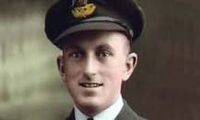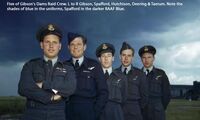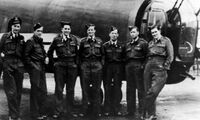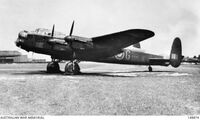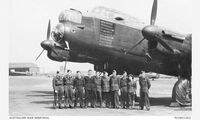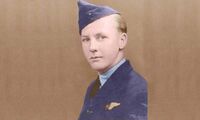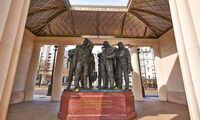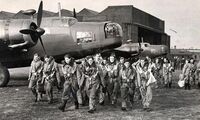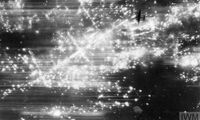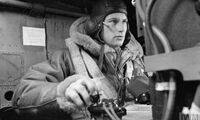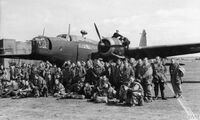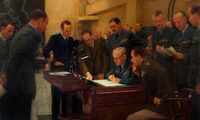Bomber Command Squadrons
1 W.A.G.S PAYS TRIBUTE TO THOSE RAAF TRAINEES WHO SERVED IN BOMBER COMMAND SQUADRONS DURING WW2.
THOSE THAT MADE THE ULTIMATE SACRIFICE AND THOSE WHO RETURNED, MANY BEING POW,s
Of the 1,182 1 WAGS trainees who were killed in Action or on Active Service 464 Airmen served in a BOMBER COMMAND SQUADRON. This represents approximately 40% of those who were killed and listed in the MEMORIAL ROLL
To date 35 trainees were DISCHARGED. It is anticipated that this number will increase as research continues.
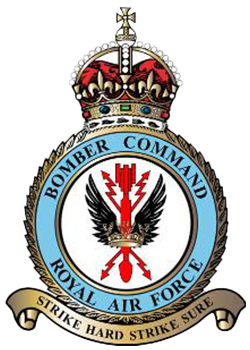
460 Squadron RAAF is acknowledged for the following insight into Bomber Command.
"The strategic bombing offensive carried out by Bomber Command in Europe played a significant role in the Allied victory. Australian airmen flew in every major operation.
Most of the aircrews who trained in Australia under the Empire Air Training Scheme were posted to Bomber Command.
There were five main RAAF squadrons:

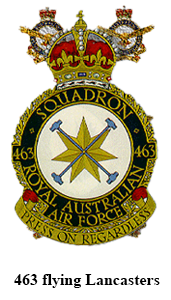
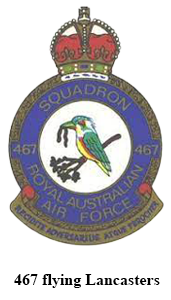
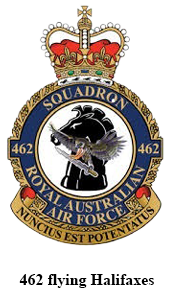
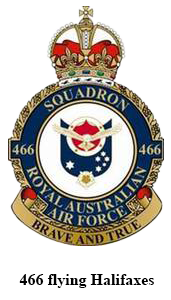
For a time Nos 455 and 458 Squadrons were also part of Bomber Command.
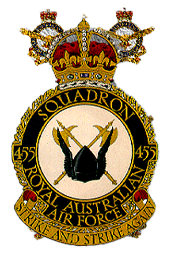
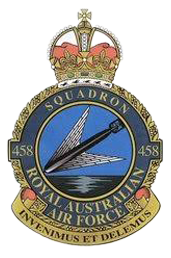
No. 455 RAAF Squadron was a torpedo bomber squadron operating Handley Page Hampdens and Bristol Beaufighters. RAAF 458 Squadron flew various versions of Vickers Wellington bombers in Europe and the Middle East.
Flying tens of thousands of operations and sorties, they inflicted devastating damage and performed outstanding acts of courage. Two Australian airmen, Flight Sergeant Rawdon Middleton and Wing Commander Hughie Edwards were awarded the Victoria Cross.
A key group within Bomber Command was the Pathfinder Force under the command of another Australian, Air Vice–Marshal Don Bennett. Flying mostly Lancasters and Mosquitos, a Corps d'elite of crews would mark targets with incendiaries to guide the following waves of bombers.
While the triumphs of Bomber Command are legendary, heroism came at a high price. More than 3,400 RAAF airmen serving with the Command were killed approximately 12 percent of all Australian casualties in the war. Of these 589 were members of 460 squadron. Statistically, Bomber Command aircrew could not survive a total of 30 operational missions and it was not uncommon for aircrew to arrive at an operational squadron from their training unit and be tasked to fly that night. Within hours, they could have been shot down, not even having had time to unpack or get to know their comrades."
"Some Air Crew had such a short time in the service."
Formation of Australian squadrons
"The first two Australian medium bomber squadrons began to form - No 455 in June and No 458 in September 1941. After some delays both were flying regular missions against Germany by the end of 1941. The Australian government expressed the wish to consolidate RAAF airmen into RAAF units but there was never an Australian Group in Bomber Command to compare with No 6 (Canadian) group. The formation of Australian squadrons did not solve the problem since they were formed with only a small number of Australian aircrews. Crews were formed by the men themselves, without regard to nationality, at operational training units and did not care to be broken up on arrival at squadrons. A number of RAF station commanders favoured mixed nationality crews and, without the same determination shown by the Canadians for a Canadian group, Australians remained scattered among many crews and many squadrons of Bomber Command until the war's end. Where crews were predominantly Australian in composition, they could transfer without difficulty to RAAF squadrons and RAAF individuals especially desirous of serving on an Australian squadron could, and did, arrange for their whole crew to be posted with them but this meant further dilution of the RAAF squadrons." Battlefield History Tours
It should also be noted that many RAAF airmen served with RAF Squadrons in Bomber Command and where possible
those who trained at 1 W.A.G.S have been listed.
There were one hundred and two 1 W.A.G.S trainees who served in the 460 Squadron in Bomber Command. Of these sixty-nine were killed, two being POW’s and two awarded the Distinguished Flying Cross.
Thirty-three 1 W.A.G.S trainees from the 460 Squadron survived and returned home to their families. Thirteen were POW,s. and many were incarcerated for up to four years in German POW camps. Three were awarded the Distinguished Flying Cross, one also with Bar, and one OAM.
Links:
The Power and the Perils of Air Crew
Bomber Command Lossess Database
RAF Bomber Command during the second world war
Australian Airmen of RAF Bomber Command
About Australians in the UK Bomber Command 1939-45
Source:
Thankyou to Dorothy Ramser and Dave Gilbert researcher and archiivist for Bomber Command England for their assistance.

